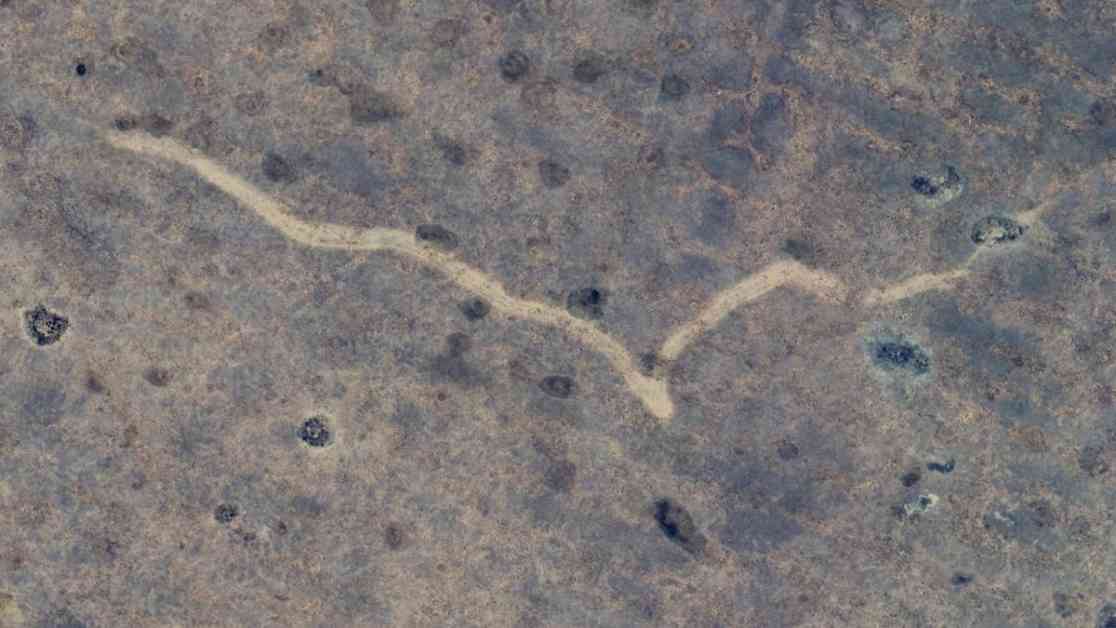Earlier this year, a caver was looking at images of the Nullarbor Plain when he found a huge scar carved into the landscape. Scientists were intrigued by this discovery. Upon further investigation, they realized that the scar was caused by a powerful tornado that went unnoticed by anyone. The findings of this research have been published recently.
Tornadoes are a known danger in the United States and other parts of the world, including Australia. Without the use of technology, this incredible display of nature’s power would have gone unseen. It is important to study the aftermath of tornadoes to help predict and prepare for future occurrences.
Tornadoes are violent swirling columns of air that descend from thunderstorms to the ground, bringing winds that can exceed 124 miles per hour. They can cause extensive damage by uprooting trees, destroying buildings, and scattering debris over large areas. While tornadoes are most common in the Great Plains of the United States and parts of India and Bangladesh, they have been reported on every continent except Antarctica.
Australia has a history of tornadoes, with the first recorded tornado observed in 1795 near Sydney. However, tornadoes were not confirmed by Western scientists until the late 1800s. Recent tornado events in Australia include a destructive tornado in 2013 that crossed into New South Wales and caused significant damage, as well as multiple tornadoes spawned by a severe storm in South Australia in 2016.
Accurately predicting tornadoes is crucial for issuing warnings to at-risk communities. The discovery of the tornado scar on the Nullarbor Plain has provided valuable insights for researchers studying tornado activity in remote regions.
The scar, which stretches from Western Australia to South Australia, is 11 kilometers long and between 525 and 820 feet wide. It displays distinctive patterns known as “cycloidal marks” created by tornado suction vortexes. This suggests that the tornado was a strong F2 or F3 category storm with winds exceeding 124 miles per hour.
Local weather observations during the time of the tornado confirmed intensive cloud cover and rainfall. While the tornado did not cause damage to populated areas, it left a lasting impact on the landscape by eroding soil, vegetation, and reshaping the Earth’s surface.
The discovery of this tornado scar underscores the importance of satellite imagery in detecting and analyzing weather events in remote locations. It also serves as a reminder of the unpredictable nature of extreme weather phenomena and the need to be prepared for such events.
This research sheds light on tornado activity in the little-studied Nullarbor Plain and provides valuable information for understanding when and under what conditions tornadoes occur in this region. It highlights the significance of technology in monitoring and predicting weather patterns to enhance preparedness for future extreme weather events.










